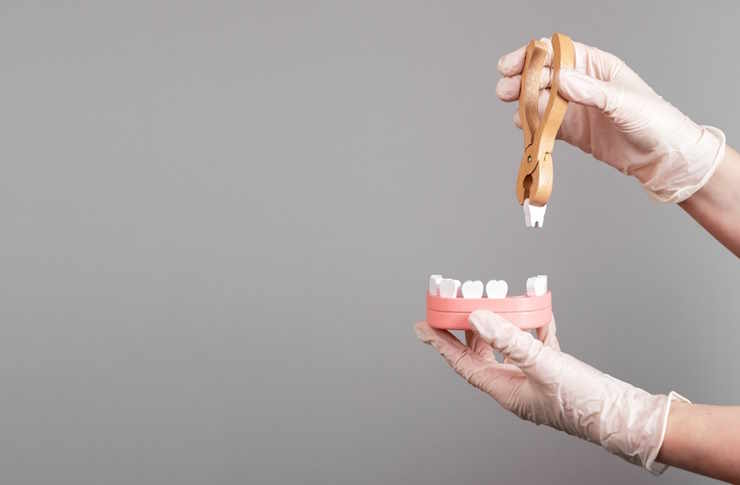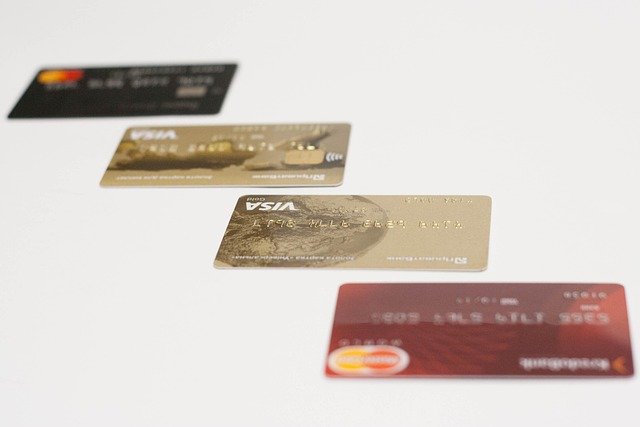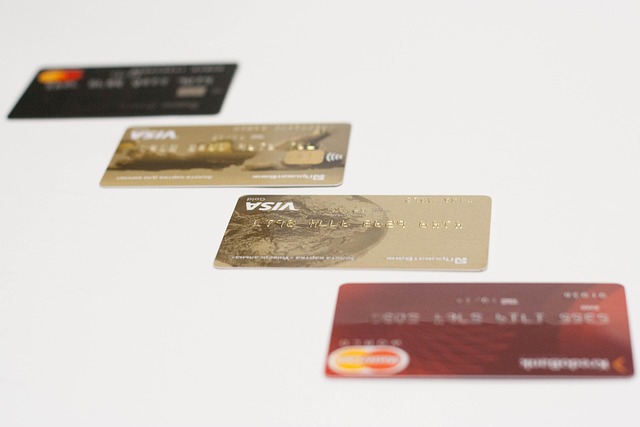Screwless Dental Implants: What They Are and How They Work
Tooth replacement technology has evolved significantly in recent years, offering patients more comfortable and efficient solutions. Screwless dental implants represent an innovative approach that eliminates traditional screw components while maintaining stability and functionality. This modern method provides an alternative for individuals seeking reliable tooth restoration with potentially simplified procedures and reduced recovery concerns.

Dental restoration has come a long way from traditional methods, and screwless implant systems are gaining attention for their unique approach to tooth replacement. Unlike conventional implants that rely on screws to secure components, these modern solutions use alternative attachment mechanisms that can offer distinct advantages in certain clinical situations.
What Are Screwless Dental Implants and How Do They Differ
Screwless dental implants utilize cement-based or friction-fit attachment methods instead of traditional screw retention. The implant fixture still integrates with the jawbone through osseointegration, but the crown or prosthetic tooth attaches differently. In cement-retained systems, dental cement bonds the crown to an abutment, while friction-fit designs use precisely engineered connections that hold components together through mechanical resistance. This approach eliminates the access hole typically visible in screw-retained crowns, potentially improving aesthetics. The absence of screws also reduces the risk of screw loosening or fracture, which can occur with traditional implants over time. However, the choice between screwless and conventional systems depends on individual anatomical factors, bone quality, and specific restoration requirements.
How Modern Screwless Systems Work in Practice
The procedure for placing screwless implants follows similar initial steps to traditional implant surgery. A titanium post is surgically inserted into the jawbone, where it fuses with the bone tissue over several months. Once integration is complete, an abutment is attached to the implant fixture. For cement-retained restorations, the custom crown is then cemented onto the abutment using specialized dental cement that creates a strong, permanent bond. The cement fills any microscopic gaps, creating a seal that helps prevent bacterial infiltration. Some advanced systems use CAD/CAM technology to design precise friction-fit connections between components, ensuring stability without screws or cement. The entire process typically requires multiple appointments over three to six months, allowing proper healing between stages. Patients experience similar recovery timelines to conventional implants, with most returning to normal activities within a few days after each surgical phase.
Advantages and Considerations of Screw-Free Tooth Replacement
Screwless implant systems offer several potential benefits that make them attractive options for specific cases. The elimination of screw access holes results in improved aesthetics, particularly important for front teeth where appearance matters most. Without screws, there is no risk of screw loosening, a common maintenance issue with traditional implants that may require periodic tightening. The cement seal can provide better protection against bacterial penetration at the implant-abutment junction, potentially reducing inflammation risk. However, these systems also present certain considerations. Cement-retained crowns can be more difficult to remove if repairs or adjustments become necessary, sometimes requiring crown destruction. Excess cement that inadvertently remains below the gum line during placement can cause inflammation and bone loss if not thoroughly removed. The choice between screwless and screw-retained implants should be made in consultation with a qualified dental professional who can assess individual circumstances, including bone quality, bite forces, aesthetic requirements, and long-term maintenance considerations.
Cost Considerations for Screwless Dental Implant Systems
The cost of screwless dental implants in the United Arab Emirates varies based on multiple factors including clinic location, dentist expertise, materials used, and complexity of the case. Generally, a single screwless implant including the fixture, abutment, and crown ranges from AED 6,000 to AED 15,000. Premium clinics in Dubai and Abu Dhabi may charge toward the higher end of this spectrum, while facilities in other emirates might offer more competitive rates. The total investment depends on whether additional procedures such as bone grafting or sinus lifts are necessary, which can add AED 3,000 to AED 8,000 per site. Multiple tooth replacements often come with package pricing that reduces per-unit costs. Some dental centers offer payment plans to make treatment more accessible.
| Provider Type | Service Offered | Cost Estimation (AED) |
|---|---|---|
| Premium Dubai Clinics | Single Screwless Implant (Complete) | 12,000 - 15,000 |
| Mid-Range Facilities | Single Screwless Implant (Complete) | 8,000 - 11,000 |
| General Dental Centers | Single Screwless Implant (Complete) | 6,000 - 9,000 |
| Bone Grafting (if needed) | Supplementary Procedure | 3,000 - 8,000 |
| Multiple Implant Packages | 3-4 Implants | 20,000 - 40,000 |
Prices, rates, or cost estimates mentioned in this article are based on the latest available information but may change over time. Independent research is advised before making financial decisions.
When comparing options, consider factors beyond price alone. Dentist experience with screwless systems, clinic reputation, warranty offerings, and follow-up care quality significantly impact long-term success. Many facilities provide free initial consultations where treatment plans and detailed cost breakdowns are discussed. International patients often find competitive pricing in the UAE compared to Western countries, though they should factor in travel and accommodation expenses.
Candidacy and Suitability for Screwless Implant Treatment
Not everyone is an ideal candidate for screwless dental implants, and proper evaluation is essential. Adequate bone density and volume are prerequisites, as the implant requires sufficient support for successful integration. Patients with uncontrolled diabetes, active periodontal disease, or certain autoimmune conditions may face higher failure risks and need medical clearance. Heavy smokers experience reduced success rates due to impaired healing. Age is generally not a limiting factor for healthy adults, though jawbone growth must be complete, typically after age 18. The specific location of the missing tooth influences whether a screwless approach is optimal. Front teeth often benefit from the superior aesthetics of cement-retained crowns, while back teeth subjected to heavy chewing forces might perform better with screw-retained options that allow easier maintenance. A comprehensive dental examination including 3D imaging helps determine bone quality and anatomical considerations. Discussing expectations, lifestyle factors, and commitment to oral hygiene with your dental team ensures the chosen solution aligns with your individual needs and circumstances.
Screwless dental implant systems represent a valuable addition to modern restorative dentistry, offering aesthetic and functional benefits for appropriate candidates. Understanding how these systems work, their advantages, associated costs, and suitability factors empowers patients to make informed decisions about tooth replacement. Consulting with experienced dental professionals in your area provides personalized guidance tailored to your specific situation and goals.




